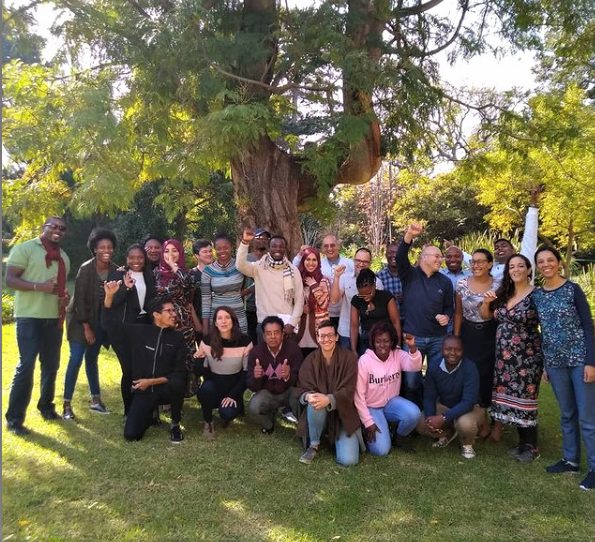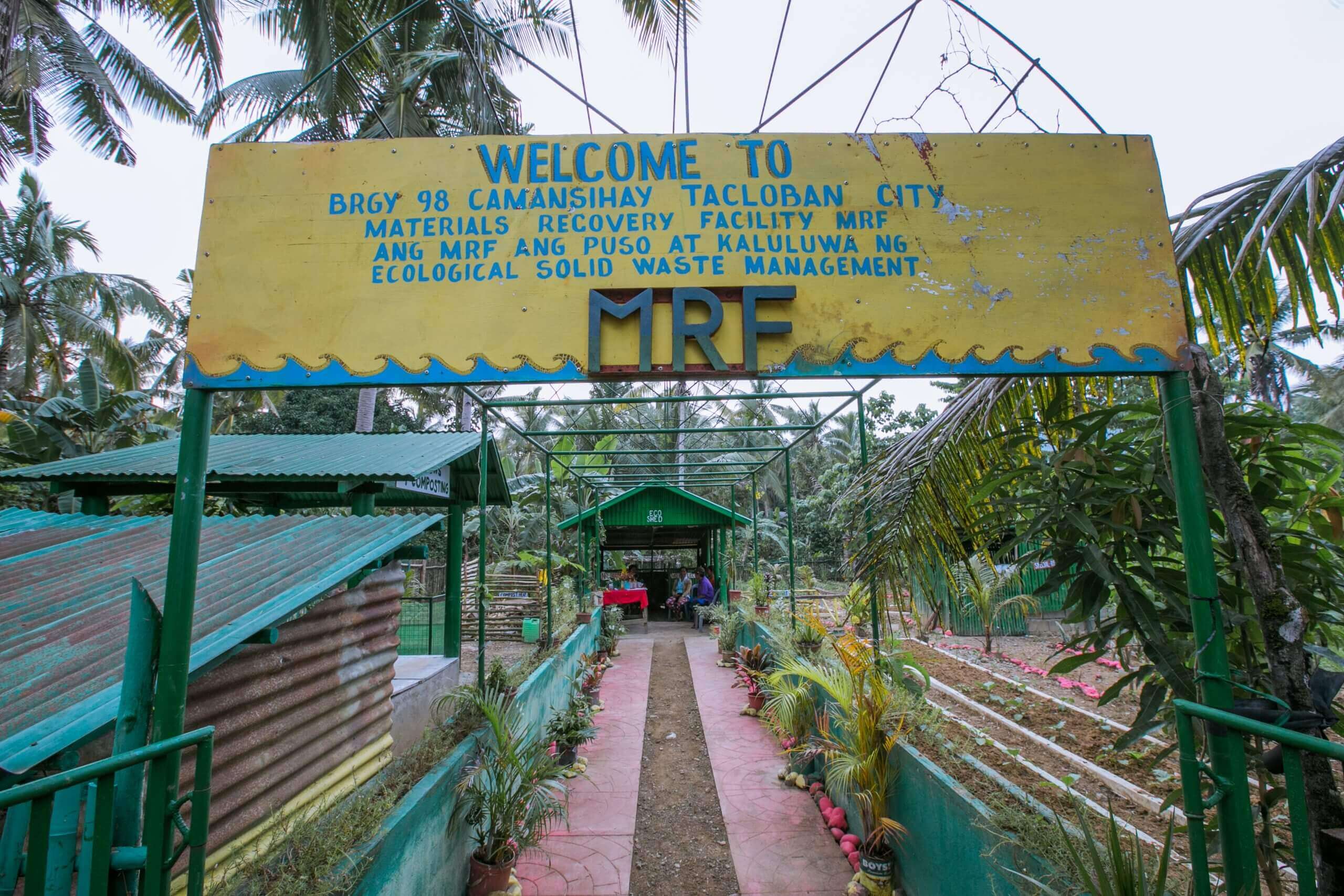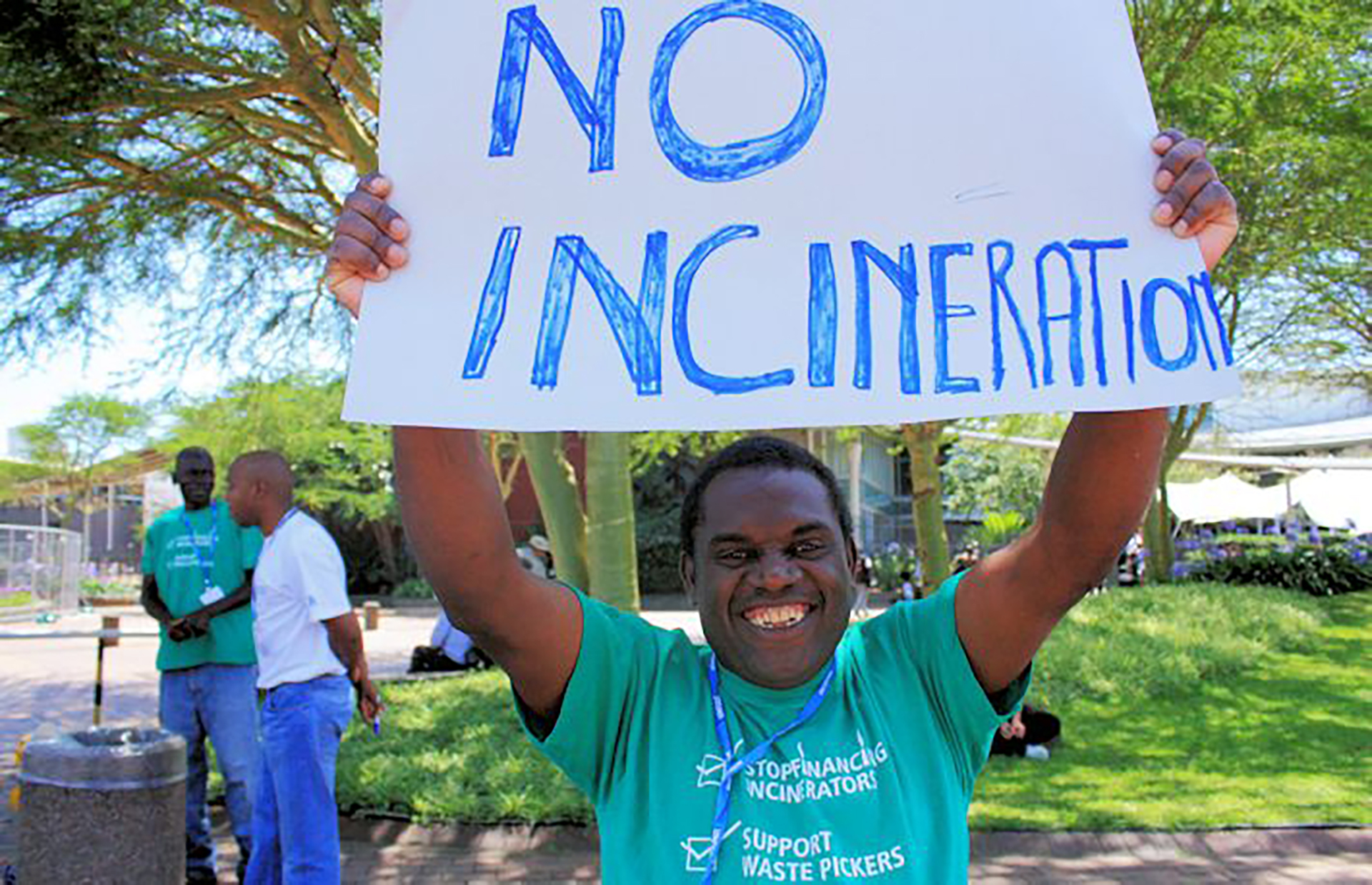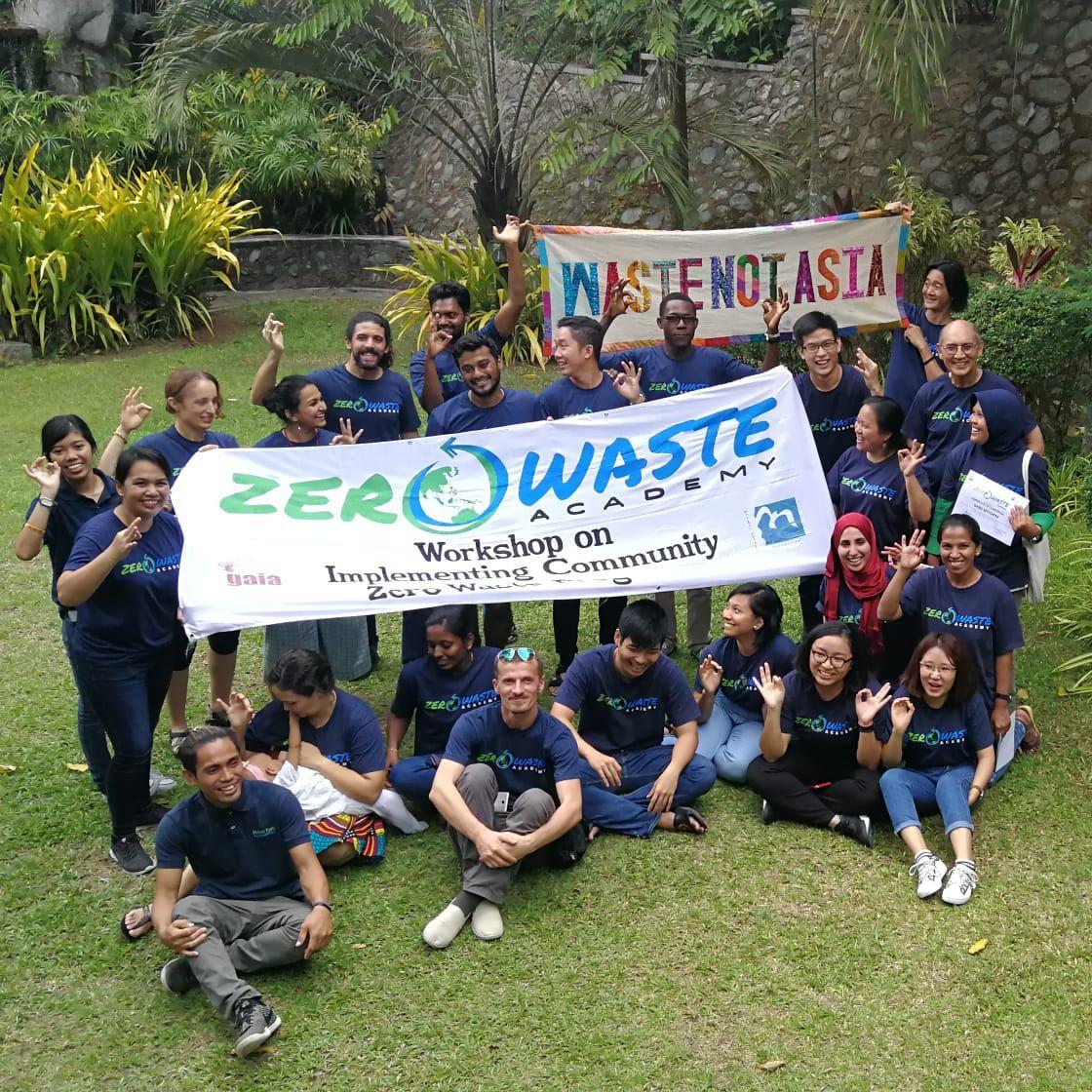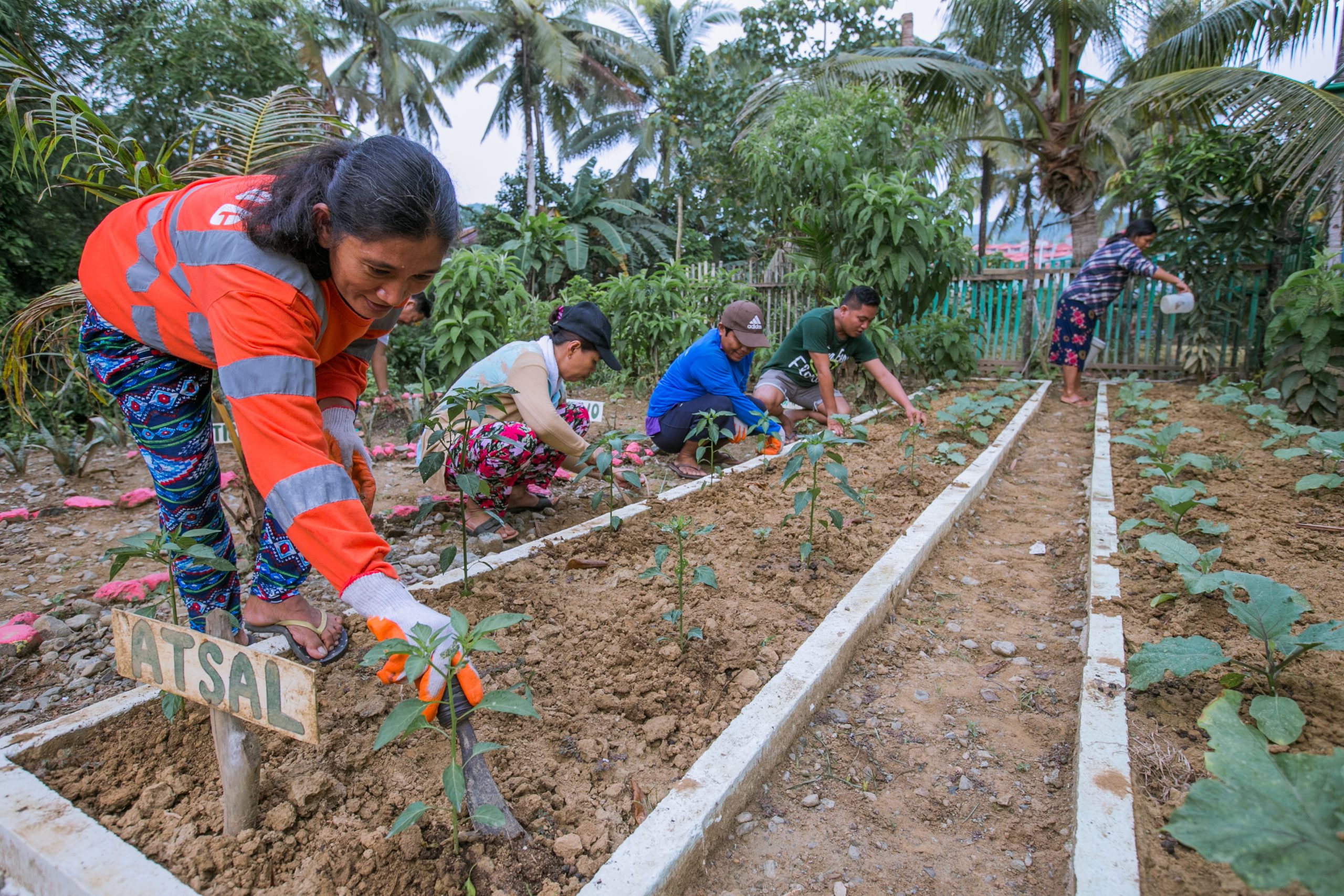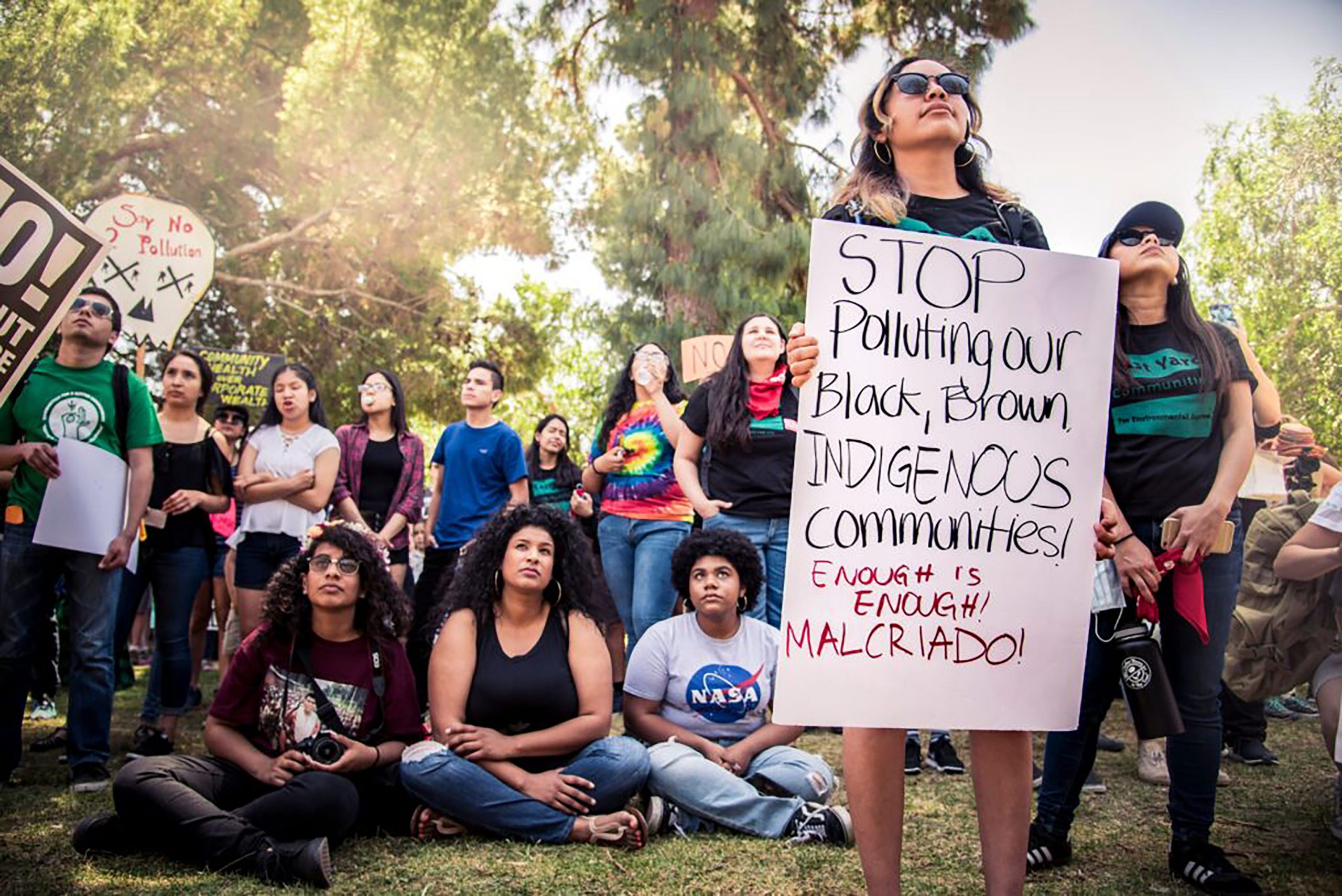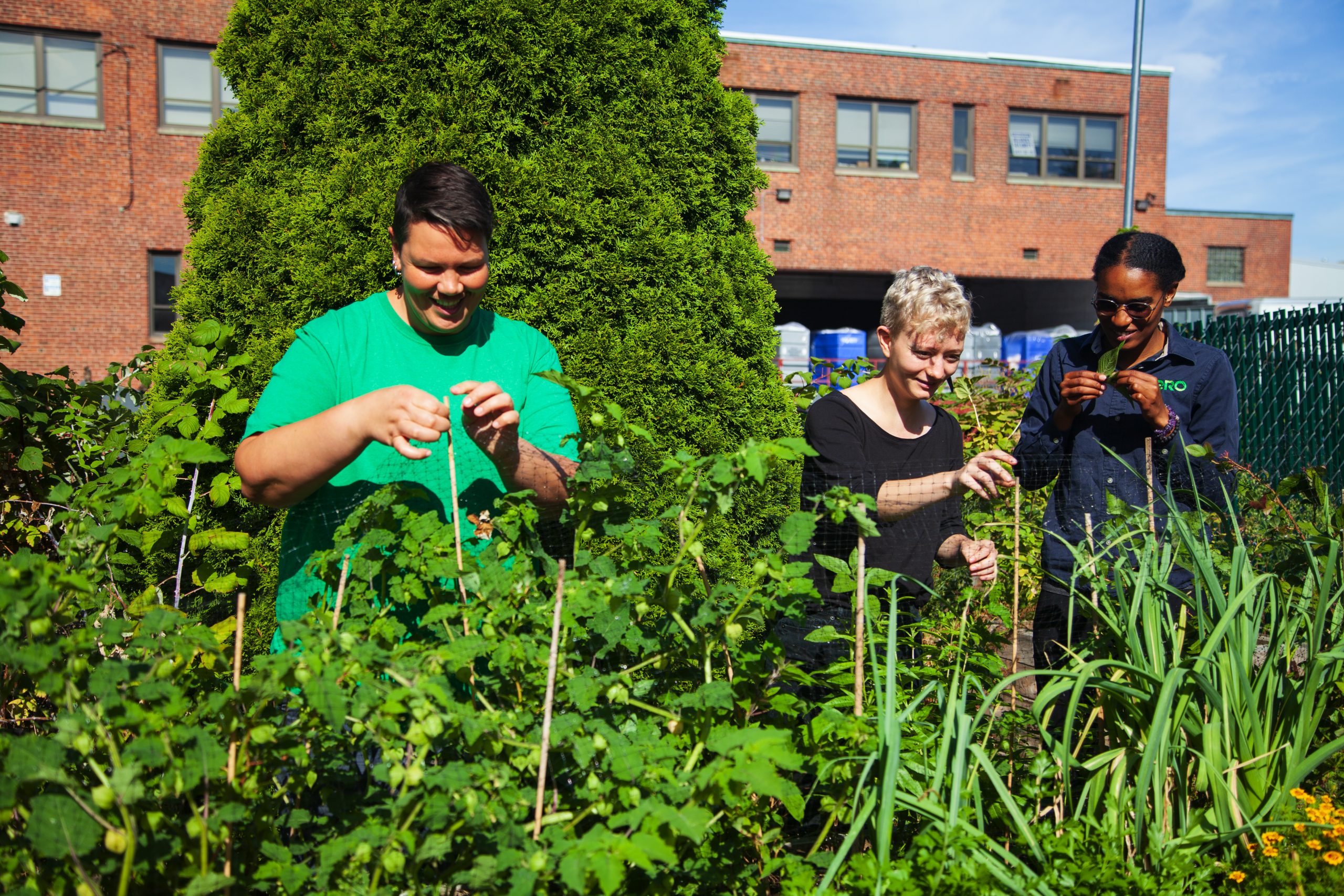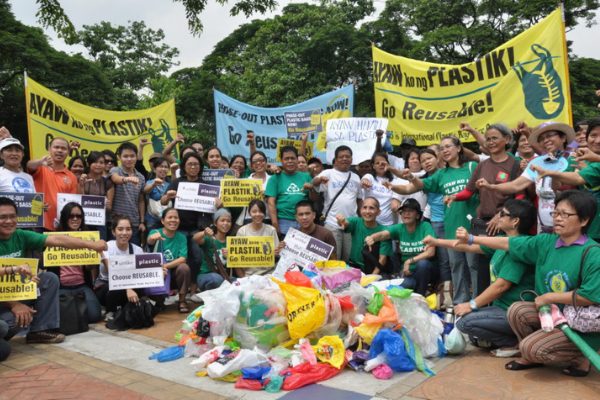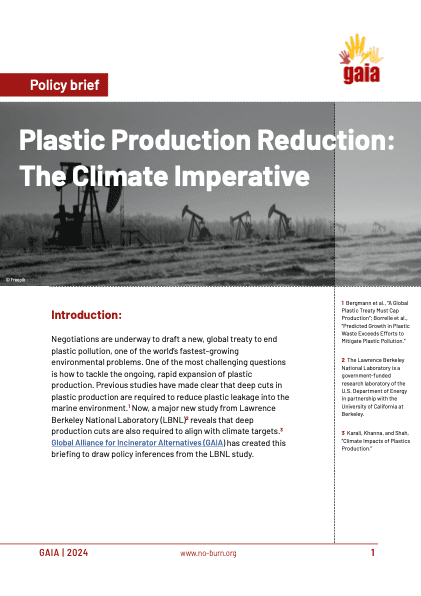By Sherma E Benosa
In his essay, “A Heritage of Smallness,” National Artist for Literature, Nick Joaquin, wrote:
“Enterprise for the Filipino is small stall: the sari-sari… Commerce for the Filipino is the smallest degree of retail: the tingi. What most astonishes foreigners in the Philippines is that this is a country, perhaps the only one in the world, where people buy and sell one stick of cigarette, half a head of garlic, a dab of pomade, parts of the content of a can or bottle, one single egg, one single banana.”
Indeed, we have a tingi culture, and it is being blamed for the proliferation of sachets in the country. Having understood this culture so well, big business gave us the sachets, promoting them as “pro-poor.” They peddled the narrative that by making their products available in small packets, people who would otherwise be unable to afford them can now enjoy them. And because it’s been part of our culture to buy small, these sachets were welcomed without much thought. If we think about it, buying things in sachets is also buying in tingi, only made more convenient.
I remember that when I was a young kid, whenever I was sent to the sari-sari store to buy something in tingi, say ¼ of a bottle of vinegar, my mother would make me bring a container with me. The tindera (store owner/manager) would pour the vinegar into the container.
Today, people still buy about the same quantity of vinegar. But unlike before, they no longer bring a container with them because the same quantity of vinegar (perhaps even smaller) now comes in sachets and they are not only available in sari-sari stores but also in big groceries.
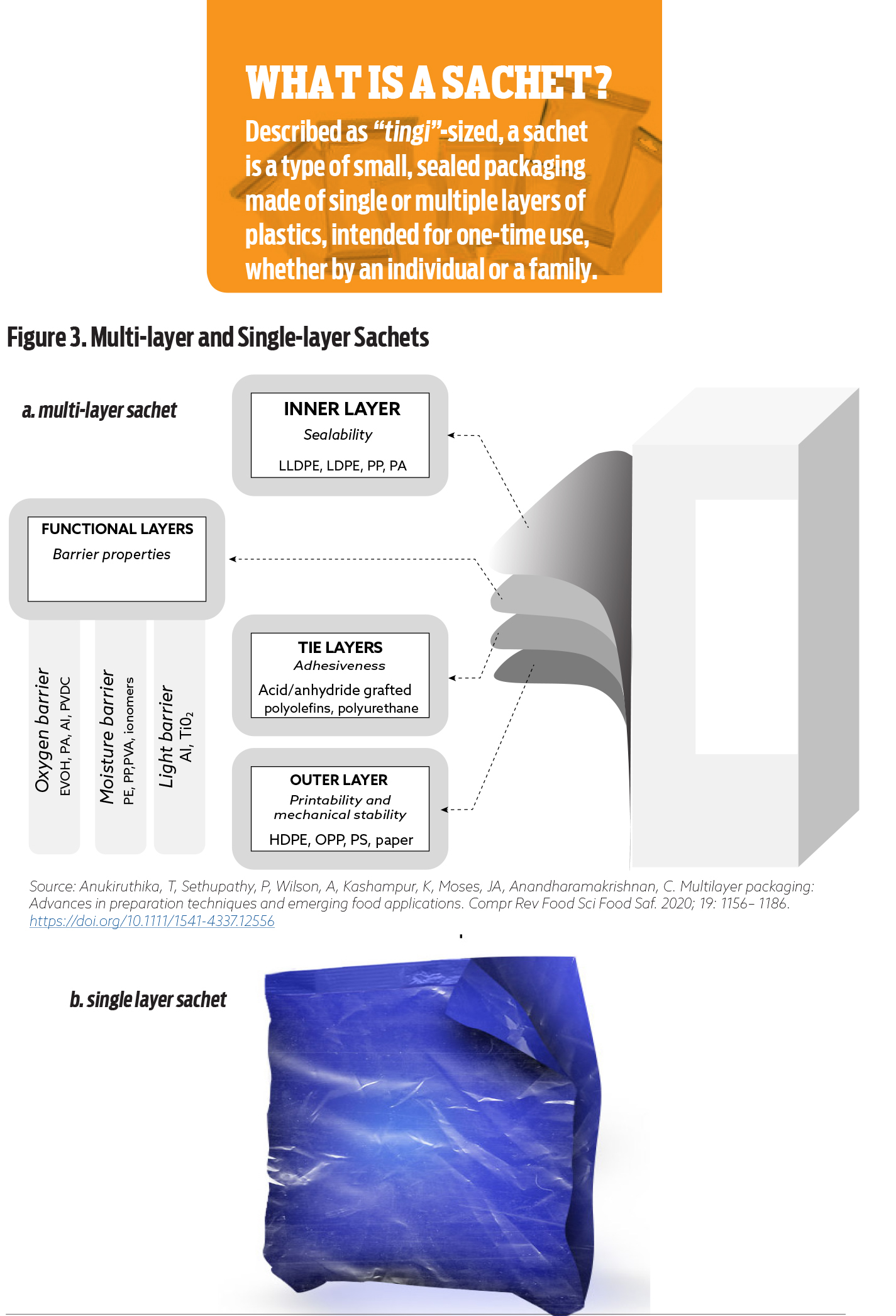
If I didn’t fully understand the problem with sachets, I would have called it “parehong sistema, pinasosyal lang” (the same system, just made hipper). But because I know a bit better, I say, “the same system, just made dirty.”
Yes, dirty because sachets, particularly plastic sachets, are made of fuel. Just think of the chemicals they contain, and how many of those chemicals might be harmful to you. But more importantly, dirty because these sachets are designed for the landfill. They don’t have recycling value—once we’re done with them, we toss them into the garbage bin and give them to the waste collector, who would then bring them to a landfill to sit for decades, producing leachate that are harmful to the environment. That is, if they don’t get released into the environment or washed out to the sea, where they harm marine lives. But I digress.
Because it is part of our culture to buy small, big business would make us believe that giving us the sachets was simply a response to an important need. But the thing is, we never asked for sachets! The system of bringing our containers to the sari-sari store was working well! Until of course, big business introduced another narrative: Convenience is king!

I also remember from my childhood that bringing reusable containers was not confined when going to the sari-sari store. Whenever my mom and I went to the public market, we always brought with us a basket which we used to carry the goods we purchased. Plastic already existed at the time, but they were not free. If you wanted a plastic bag, you’d have to buy them. Just a few decades ago, this practice of bringing reusable containers to the public market was the norm.
Sadly, that practice was lost over time. Now, even in the province, I no longer see people bringing containers when they go to the market, much less to the grocery. Not even to the sari-sari store. Because now, plastic bags are everywhere and are free. It is only of late, due to years of pressure from environmental activists, that single-use bags are slowly being banned in various parts of the world.

As governments are banning single-use plastic bags with the gradual mainstreaming of Zero Waste, stores hailed as Zero Waste are now sprouting. But if you’d really look at it, many of the Zero Waste establishments are actually just stores that mimic our old way of shopping—stores that don’t use problematic packaging and require their customers to bring their own containers. These stores are showing the big business how to do it—how they should have done it.
Let’s stop buying big business’ pro-poor narrative. It is not that we are poor and that we buy tingi style that plastic sachets came to be; it is that companies were focused solely on profit. Instead of developing a sustainable system that would support our tingi culture, they capitalized on it wantonly and without regard to the damage their packaging would cause to the environment and to our health. It is their greed, not their supposed concern for the poor, that made them package their products in problematic materials.

Buying tingi is not the problem. In fact, as many practitioners of Zero Waste now say, by buying only the things we can consume, we prevent wastage.
As an adult, I no longer buy ¼ bottle of vinegar (I now buy by the bottle), but I also don’t buy perishables in bulk or very large bags. The idea is that we buy only the amount that makes sense, and that is, what we can actually consume—not too much so that we don’t waste them, and not too little for our actual need so that we don’t buy things in sachet.
I wish Zero Waste stores would become the norm in the country. Or shall I say, I wish our culture of bringing our own container would make a full comeback, because actually, we used to do things the Zero Waste way).
I hope more and more people will pick up that old practice. Because indeed, sometimes, the way forward is going back to our old ways of doing.
Sherma Benosa is the Knowledge Management Officer of GAIA Asia Pacific. She may be reached at sherma@no-burn.org.
